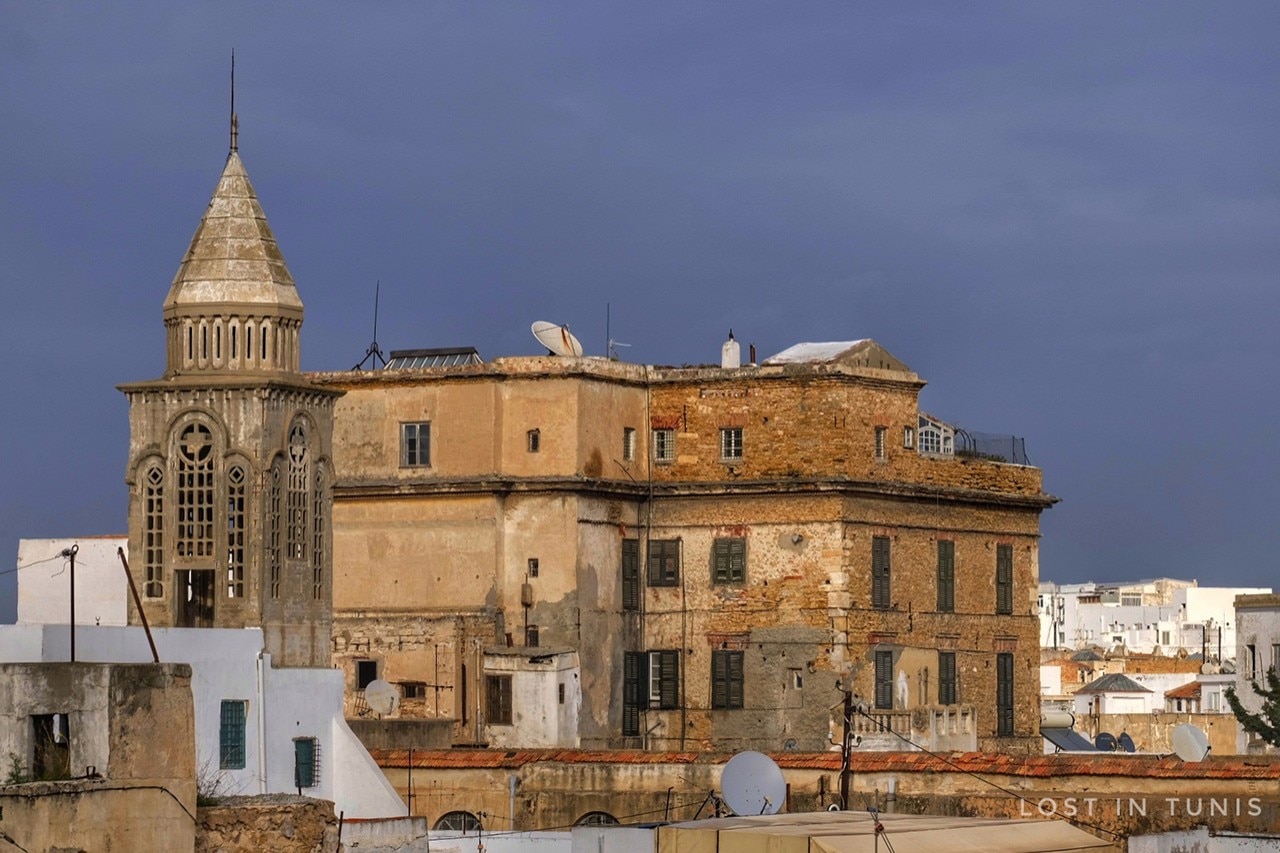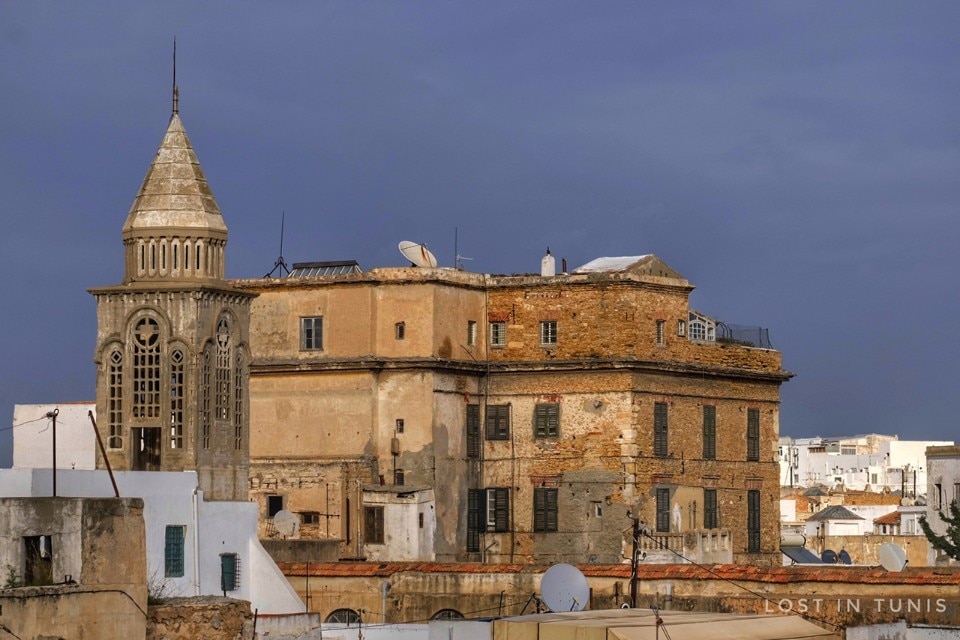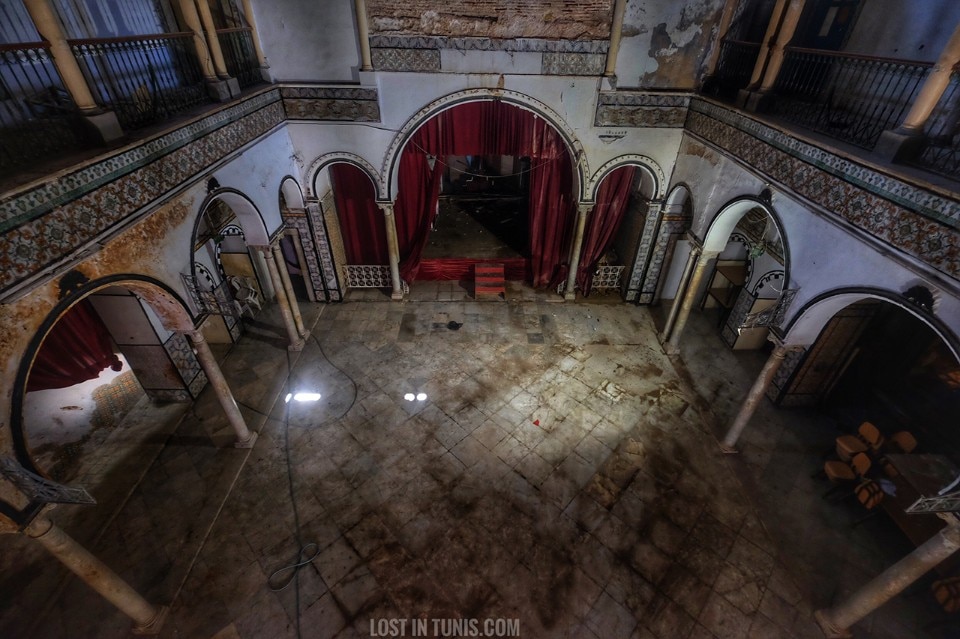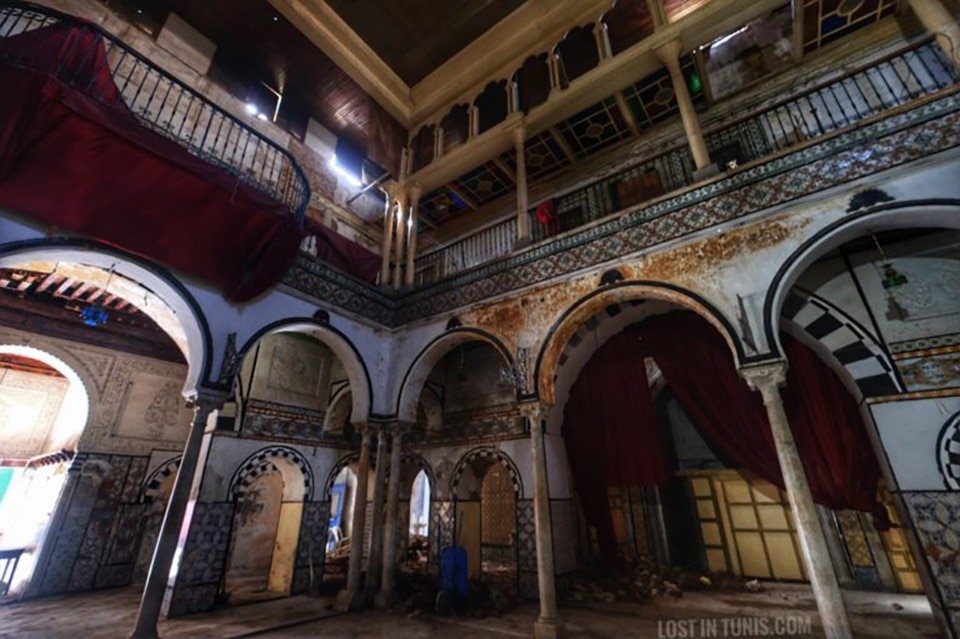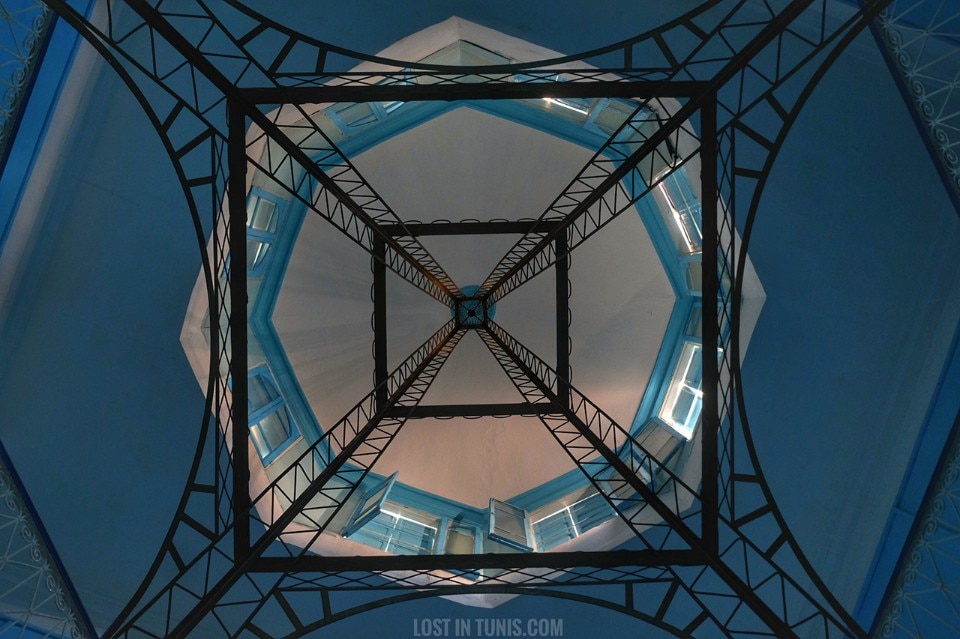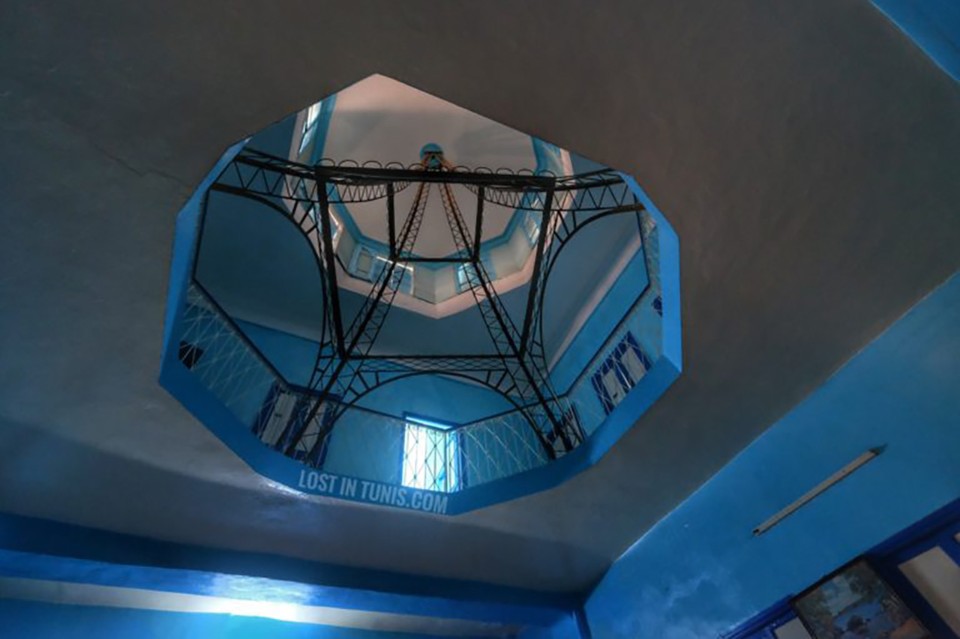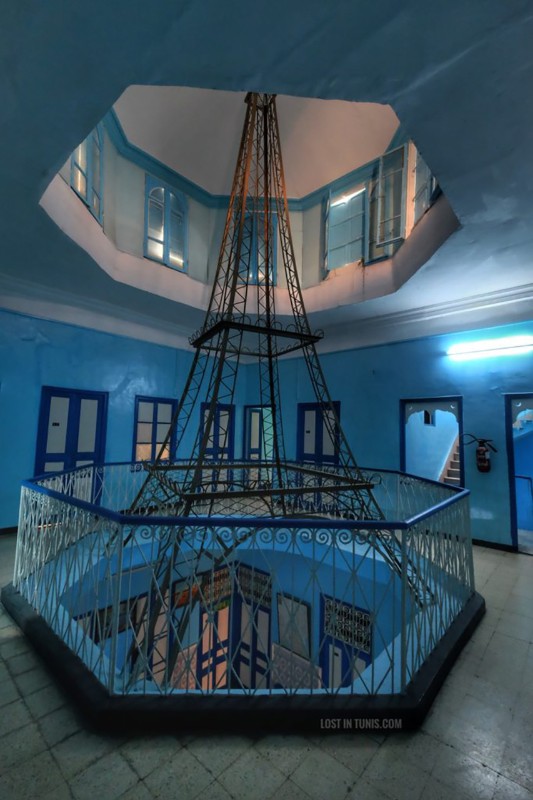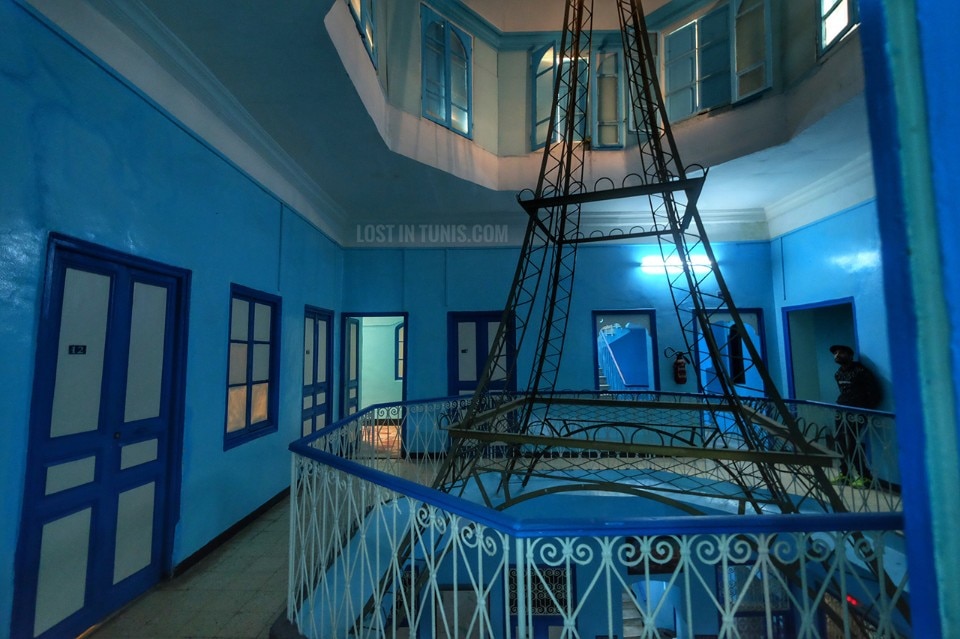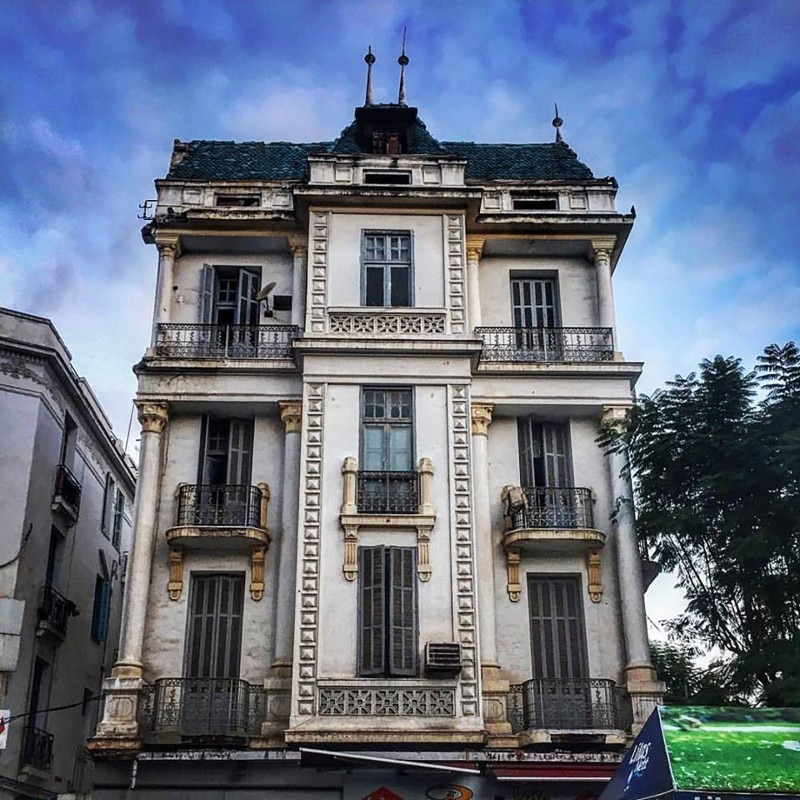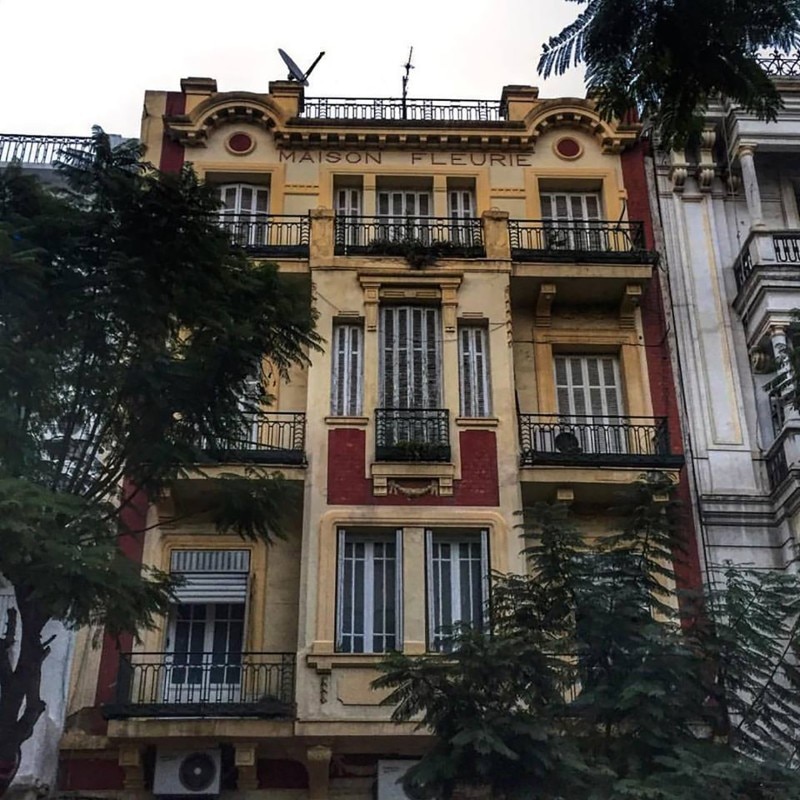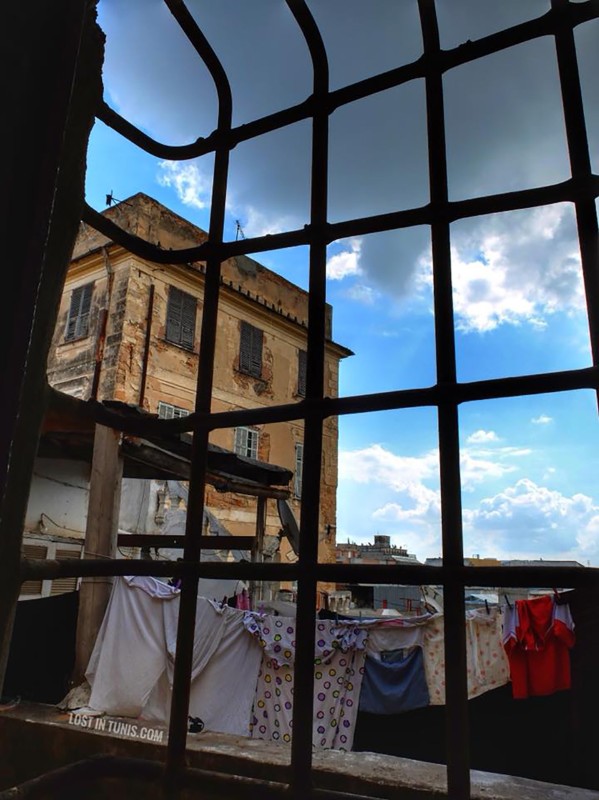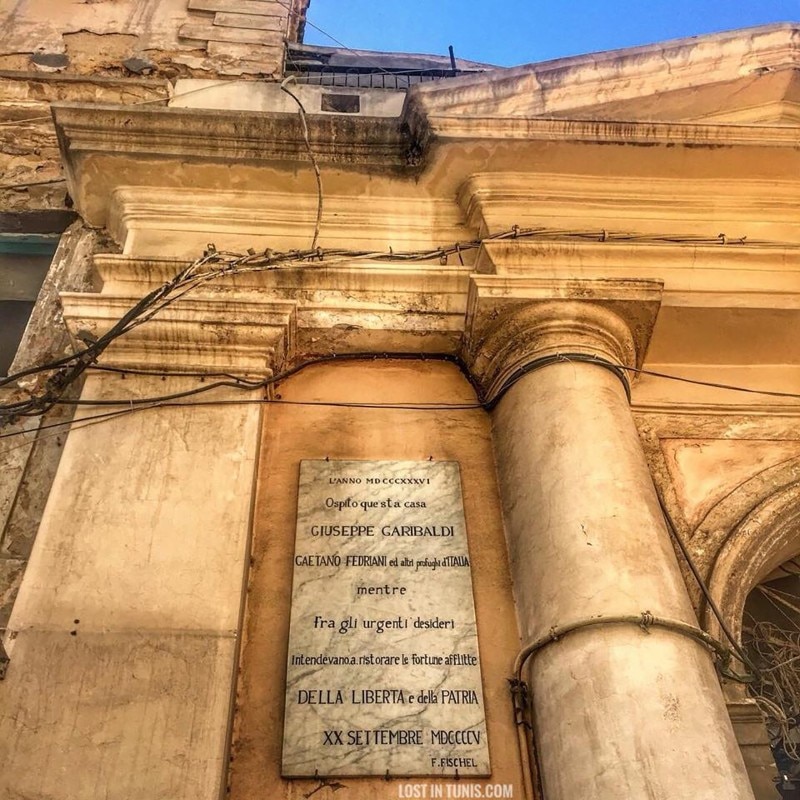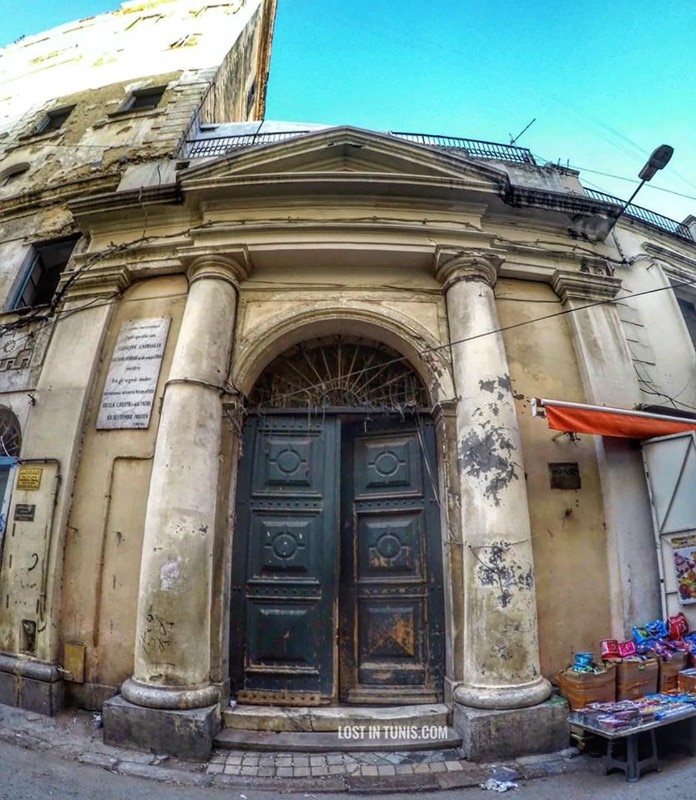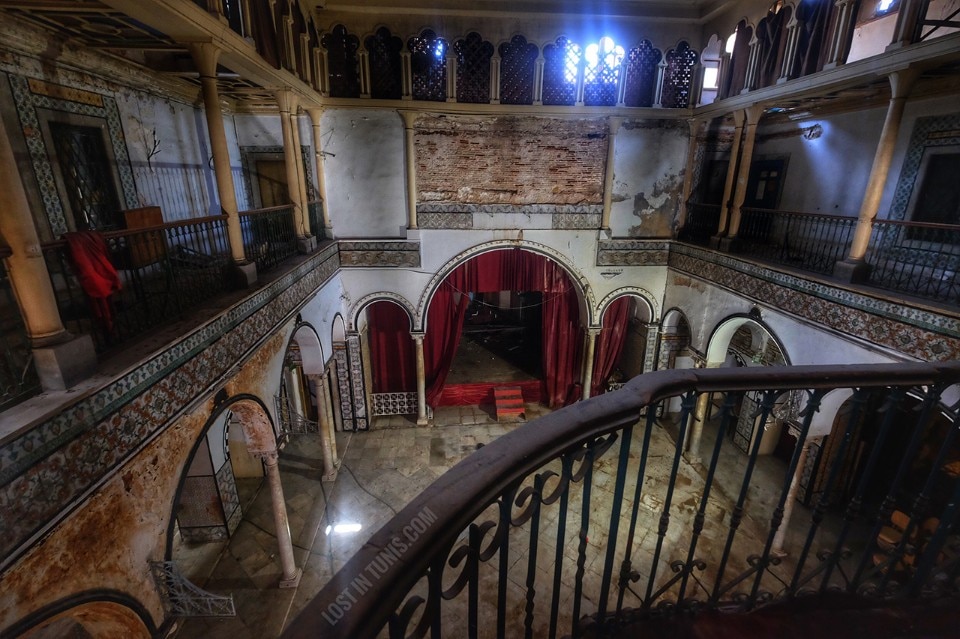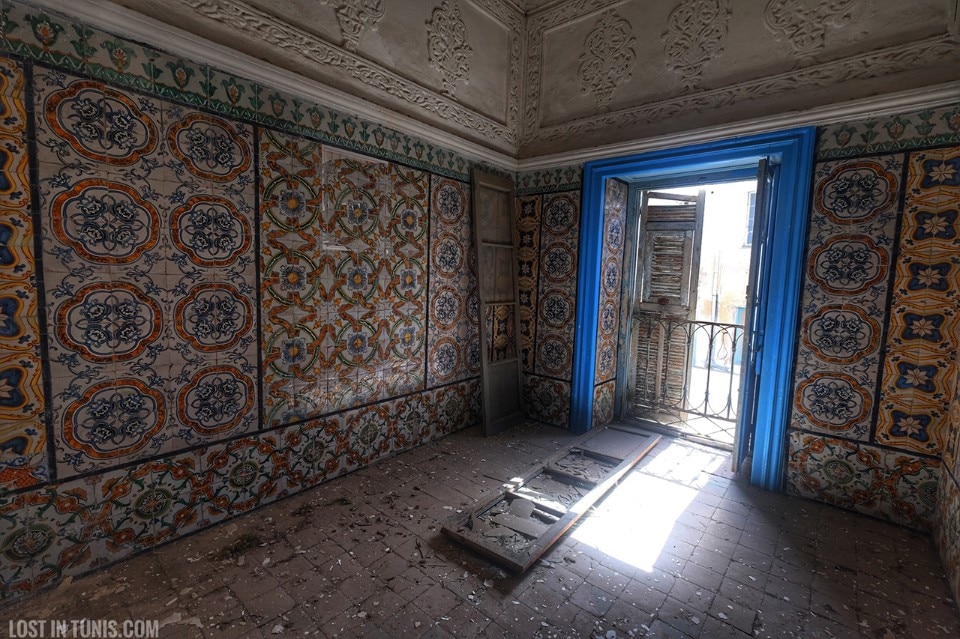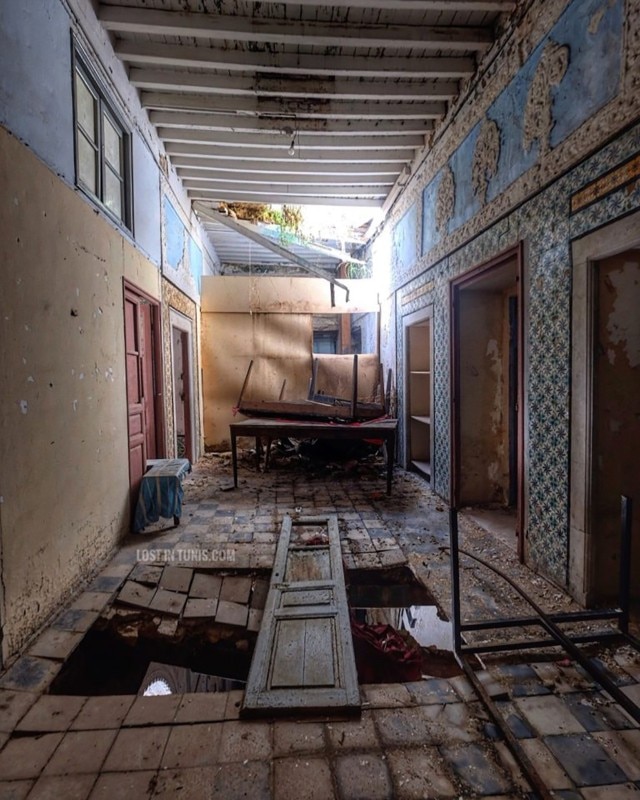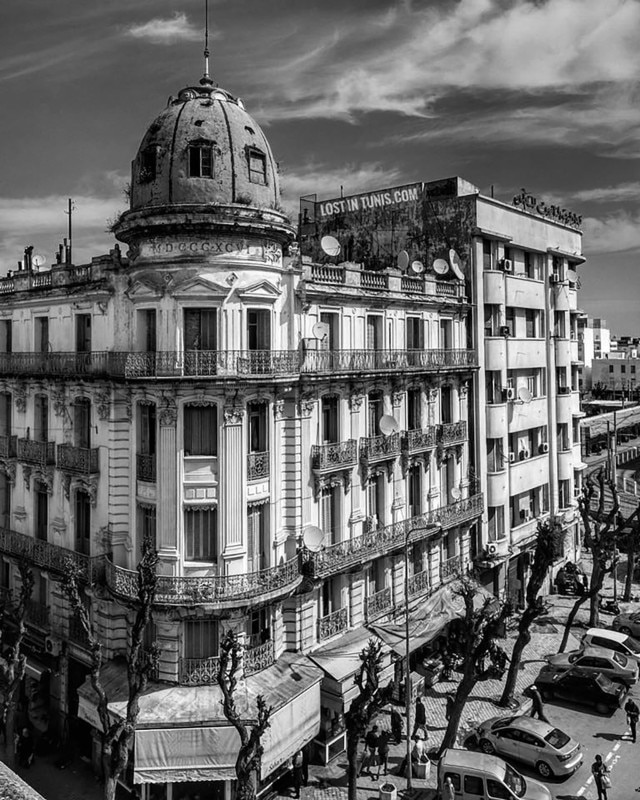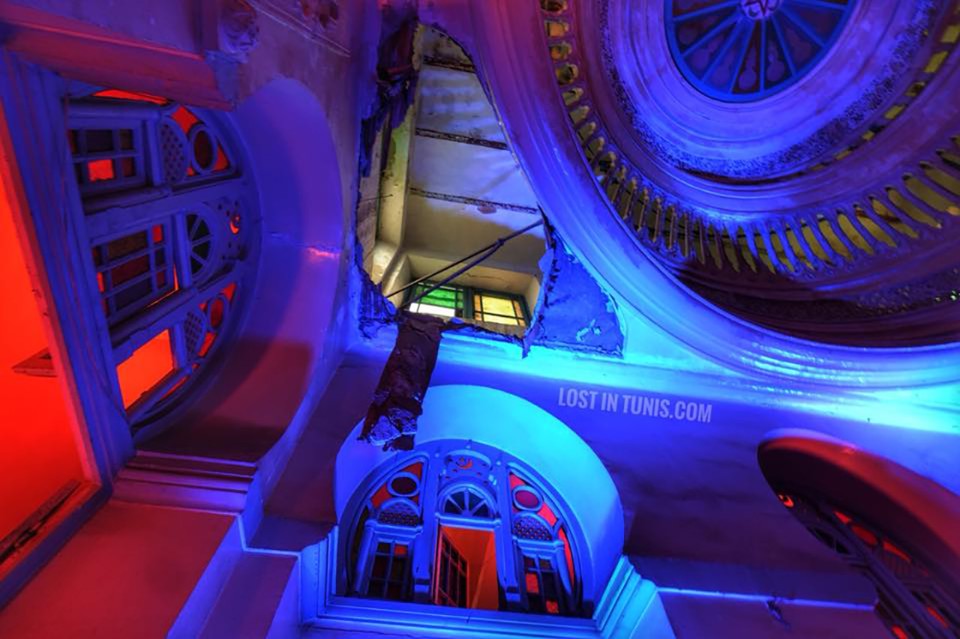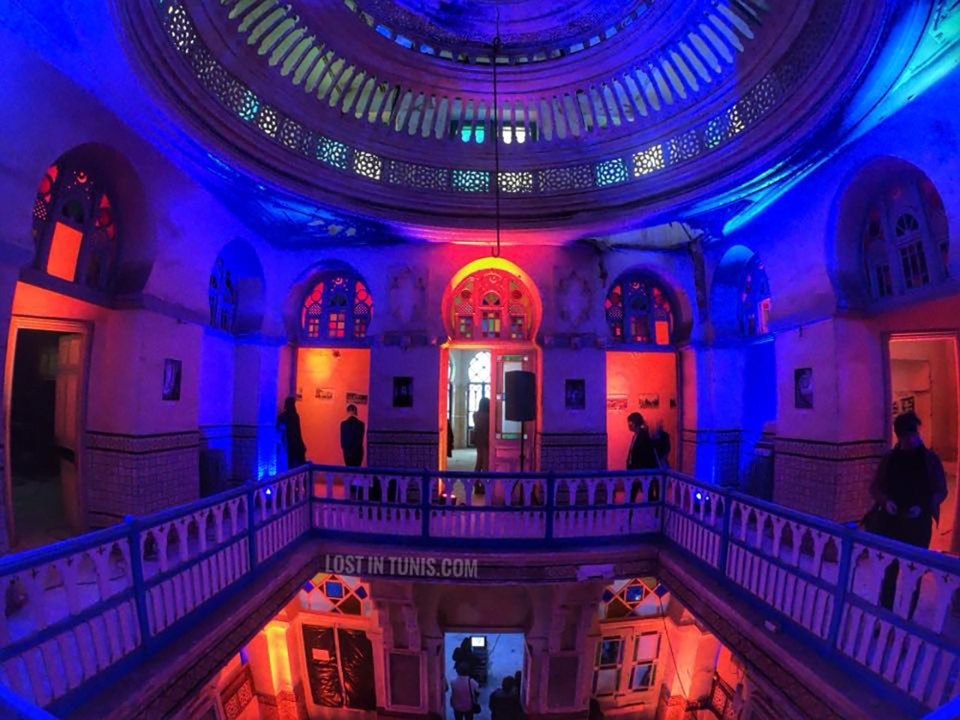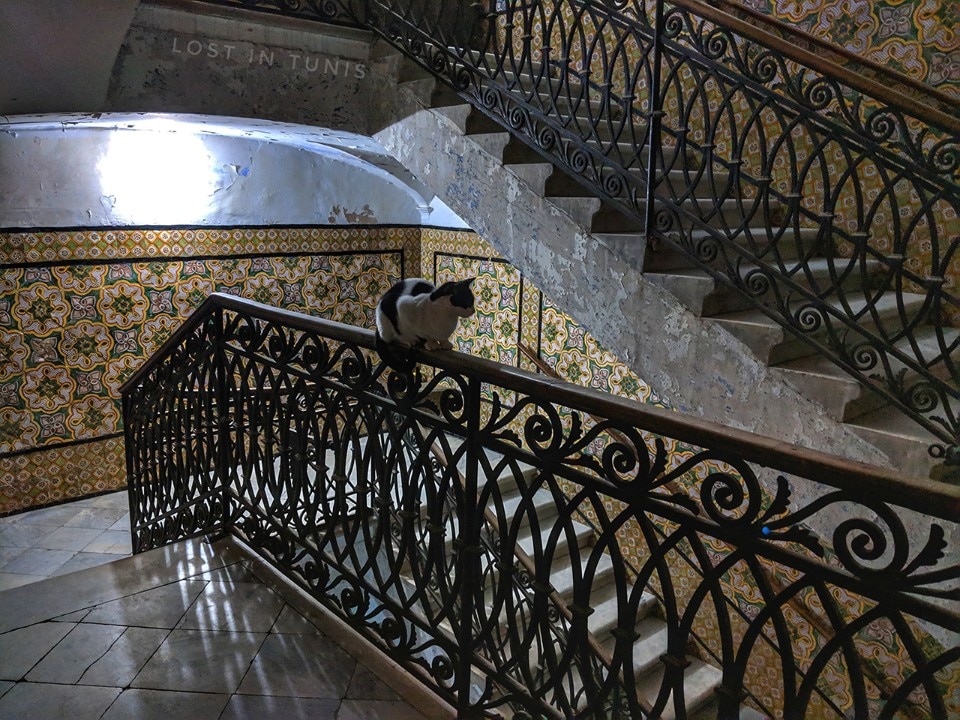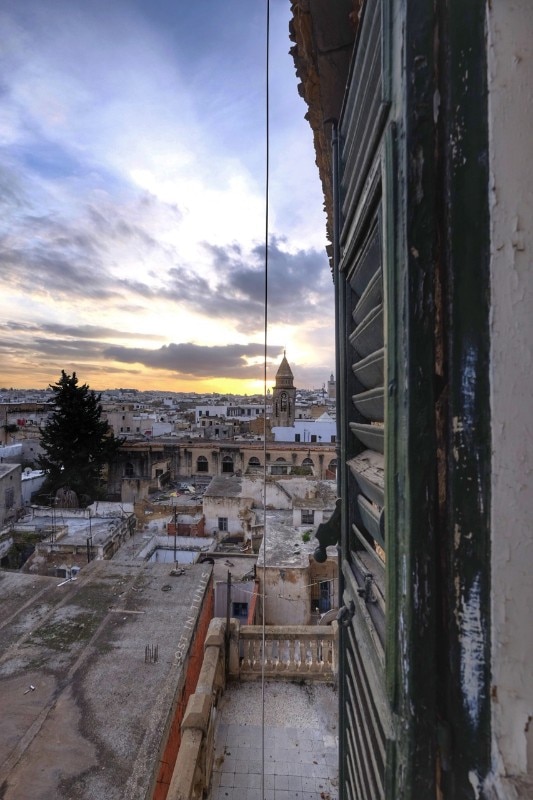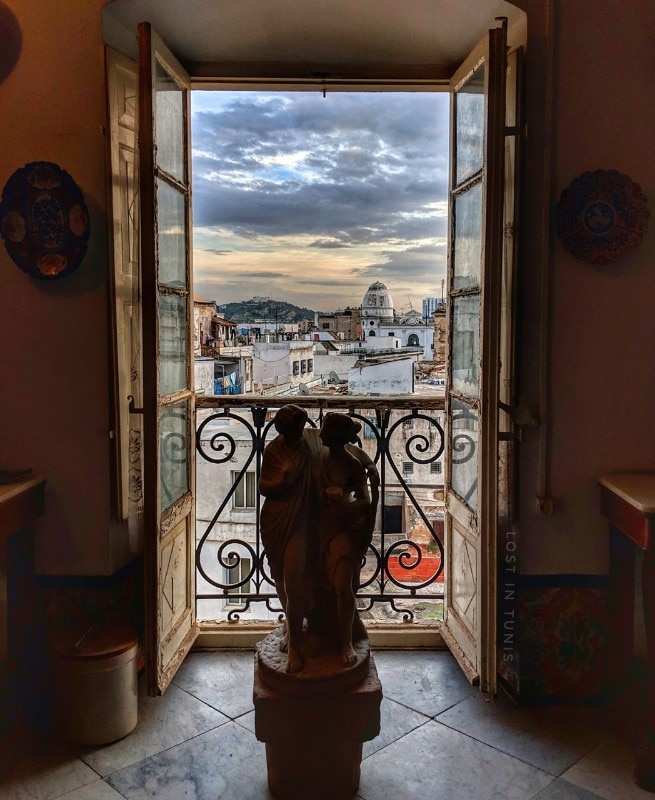A visit to Tunis becomes the pretext for examining a part of its history. Not the history presented and described by the best tourist guides, but a less well-known and discussed version which is represented by a part of the historical architectural patrimony, one which risks being lost forever due to the dramatic lack of conservation.
This state of events is what has driven the work of Mourad Ben Cheikh, the founder of the online project Lost in Tunis, in an attempt to present centuries of history and safeguard its memory through images. In the guise of an urbexer (ueban explorer), he has travelled to his city of origin in search of places which represent authentic moments in history, bearing witness to the value of the almost invisible and fragile architectural heritage that Tunis still possesses.
“My explorations began before I even knew what an urbexer was. When I began to publish the first images on social networks, I immediately received some very interesting comments that made me realise how much interest there actually was,” he says.
“There were a lot of Tunisians among the people asking me for information, and it was through this research that they discovered stories which, in different ways, were also theirs. Stories of places which had been forgotten and which, in this manner, were once again coming to light. These people were genuinely interested, and I began to receive a growing number of requests for information. I realised that the moment had come to set up the website Lost in Tunis.”
Mourad explains that Tunis was a city where a number of Italians had chosen to live and to build. Passing through the Bab el-Bahr gate dividing the old city from the Ville Nouvelle, built at the end of the 19th century after the French Protectorate in Tunisia, which began in 1881 and continued until 1956, Mourad showed us the majestic Palazzo Cardoso, “the property of an Italian family which lived there for two-hundred years”, he explained.
Another all-Italian piece of history is represented by Palazzo Gnecco, an elegant building which was once an emblem of extraordinary stylistic importance, as demonstrated by the refined entrance framed by two majestic columns capped by a gable in perfect Neoclassical style. Now derelict, the building is used as a deposit by local shopkeepers. “The building was constructed by Paulo Antonio Gnecco, a wealthy Italian merchant, as his family home” explains Mourad, “it served as a refuge for Giuseppe Garibaldi and other Italian patriots who were fleeing from Italy,” he tells us, indicating the plaque set to one side of the door.
In the European part of the city, following Rue Borj Bourguiba in the down town area, Mourad shows us a building in perfect Western Art Nouveau style set between two modern constructions. Left in a derelict state for years, its decorations show to what extent the floral style had developed in Tunis.
In the old part of the city, in the midst of the tangle of streets characterising the Medina, lies the Tour Eiffel Hotel, a typically Arabian-style building which has maintained its original structure despite its change in use. Set in a two-floor building, it is a zero-star hotel with very cheap rooms, where guests have to pay an extra charge if they want access to a shower. The interior is flooded by blue light, creating a rarefied and psychedelic atmosphere. At the heart of the building, resembling a tribute to modern history, lies a two-story model of the Eiffel Tower in metal.
At the heart of the building, resembling a tribute to modern history, lies a two-story model of the Eiffel Tower
The charm of the Medina is an invitation to wander, and we find ourselves before a building which still bears the signs of past prestige. “It is very run-down,”Mourad points out. “For years it has been known as the Eglise Notre Dame Des Rosaires, but it has lived many lives. It was built as a resident for a noble family, and then – rather unusually – it was turned into a church. During the regime it was the headquarters of the “propaganda bureau” and was then used as a theatre. It is now unfit for use.” No-one can say how long it will remain standing.
Just a few miles outside Tunis, in the tourist town of Hammam Lif, among the iconic buildings with many tales to tell lies the Casino of Hammam Lif, which was inaugurated at the beginning of the 1900s at the height of the French Colonial era. Its presence is an emblem to the tastes of the Europeans in terms of life style and habits once they became ex-patriots. “The Casino has also served as a hotel. It has opened and closed many times over the years, for the last time in 2010”. The multi-coloured lights illuminating the interiors hark back to practices for the construction of interiors which the Western avant-garde held dear in the second half of the last century.
In this tour which we never wanted to end, we realised that that of the urbexer is in a certain sense an existential condition, characterised by the phrase “to be continued...”. “There is a motto among urbexers”, explained Mourad, “take only photos, leave only footprints”. “The activity of urbexers is seen by some as an adventurous challenge, but it is not really like this. The real aim is to document the city, to bring out its history and to offer people a different point of view, presenting the many past stories that a city contains”.


